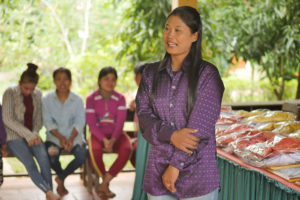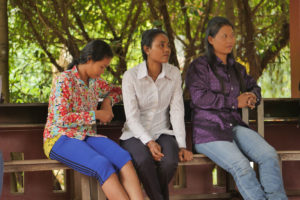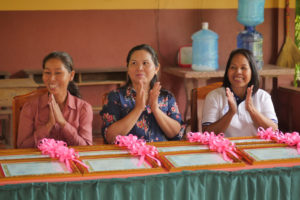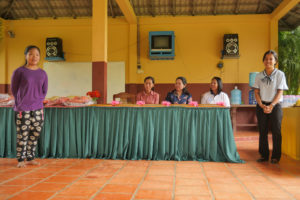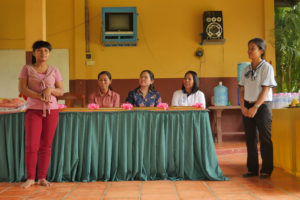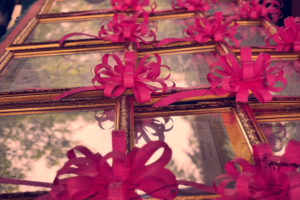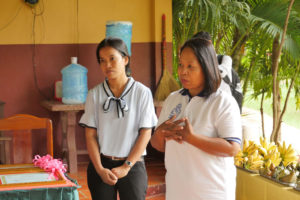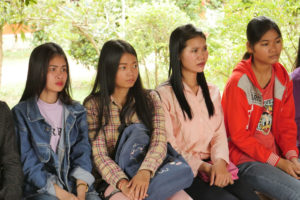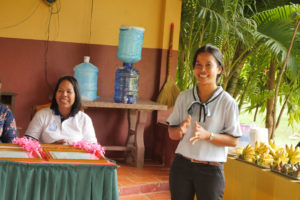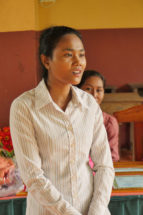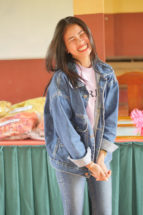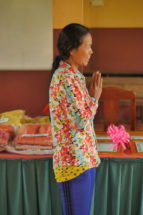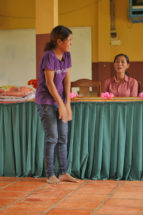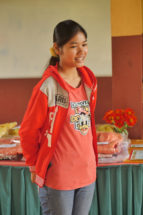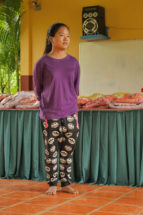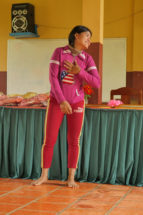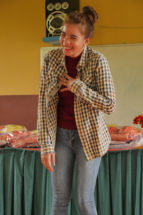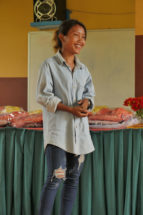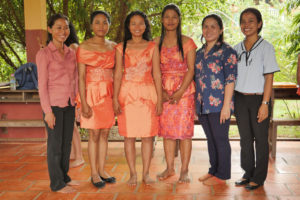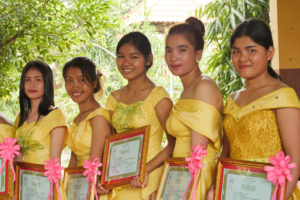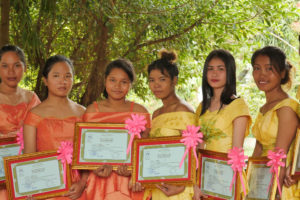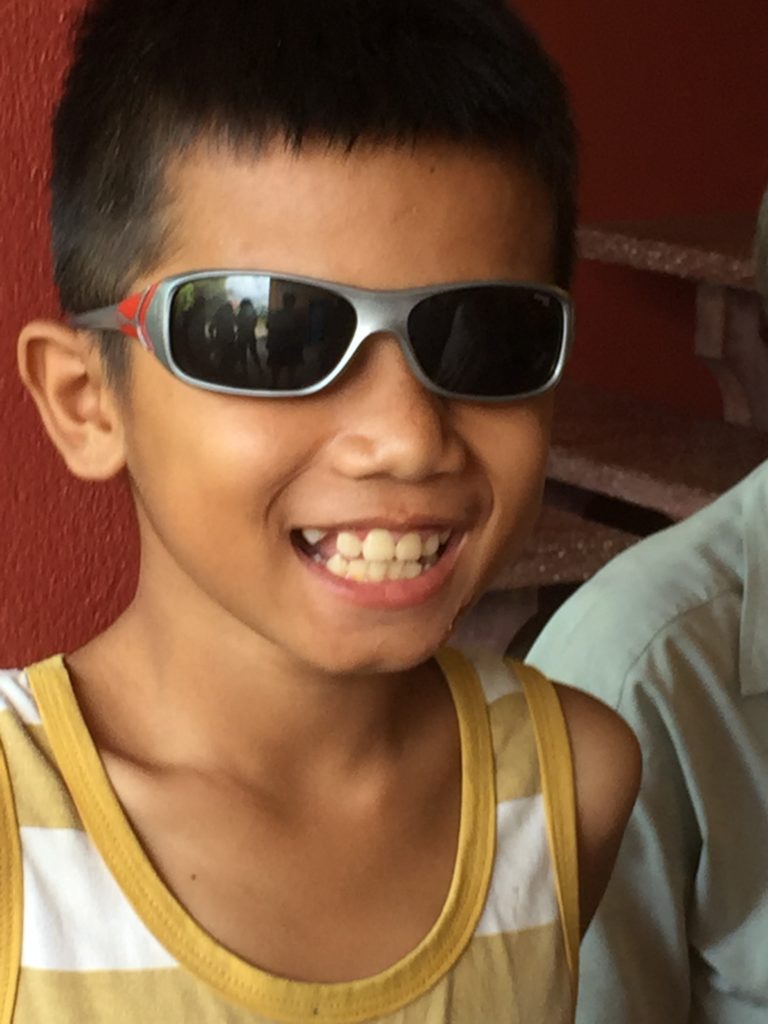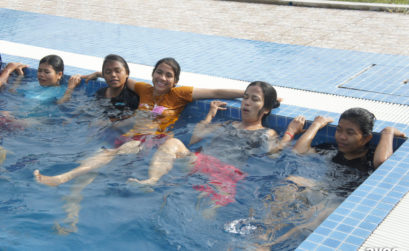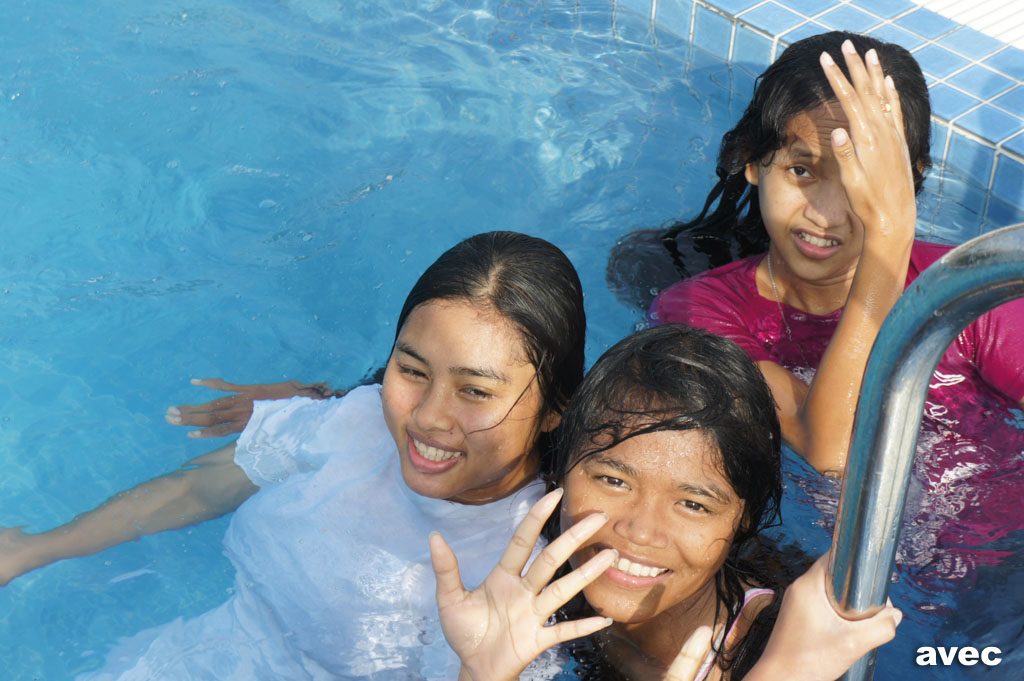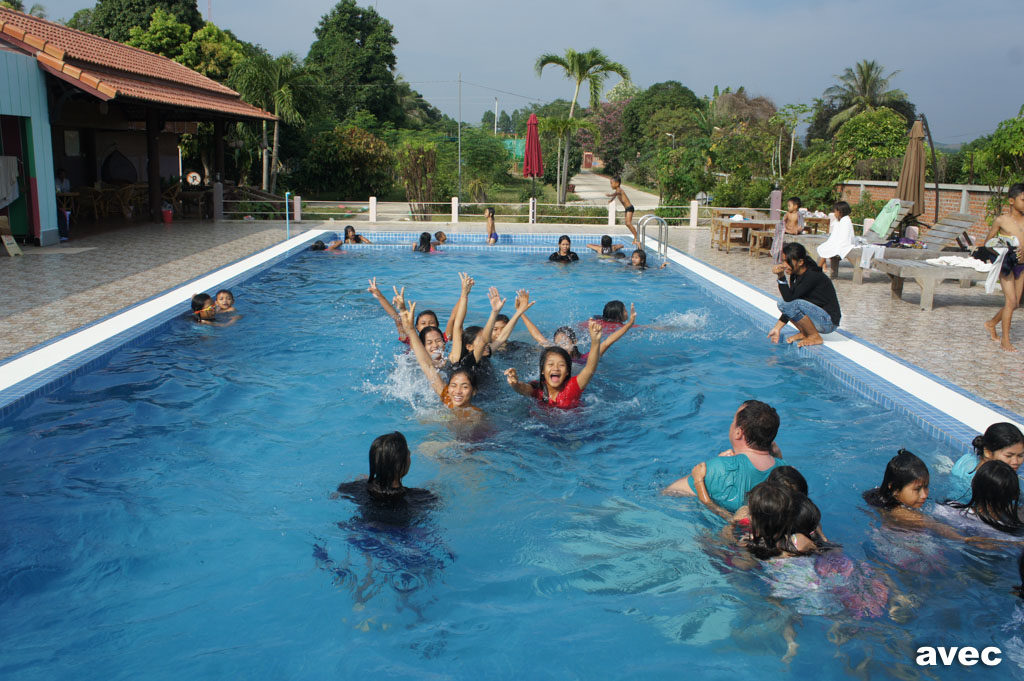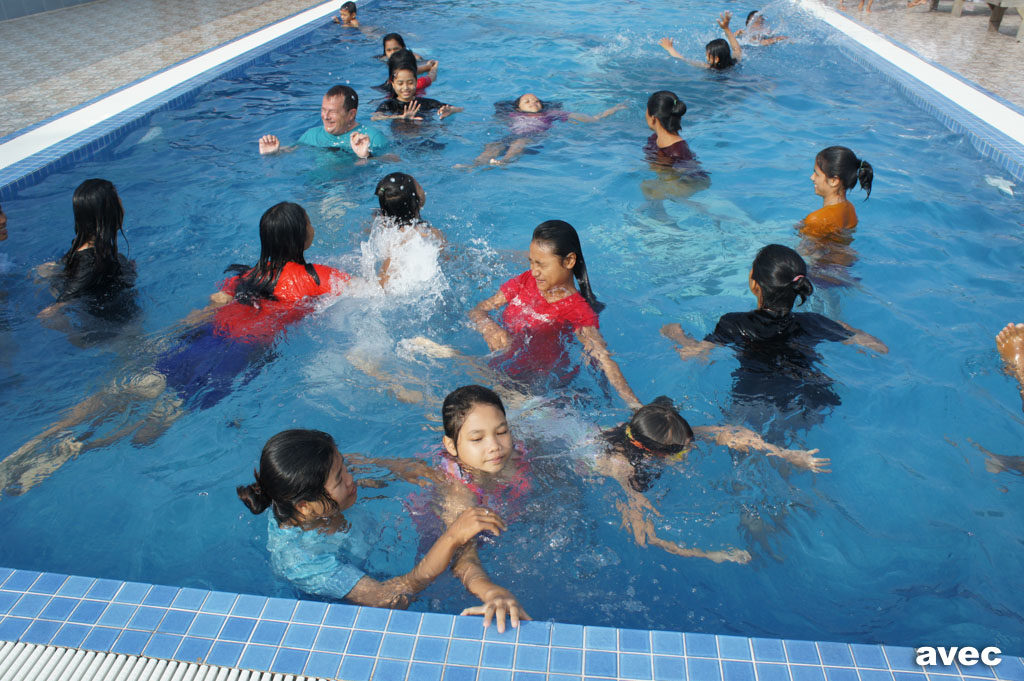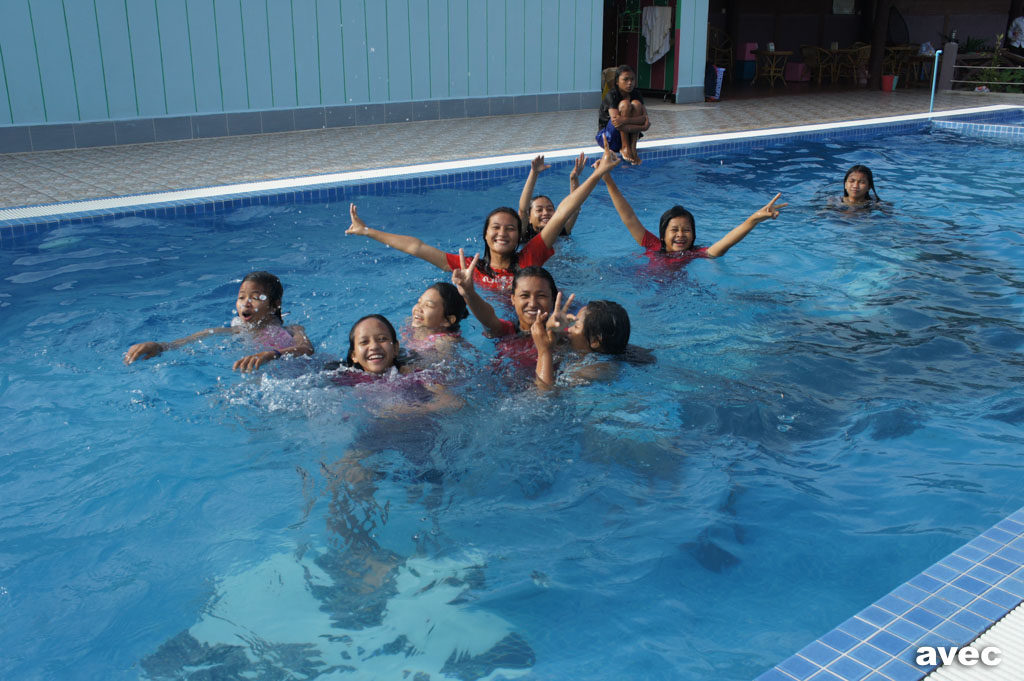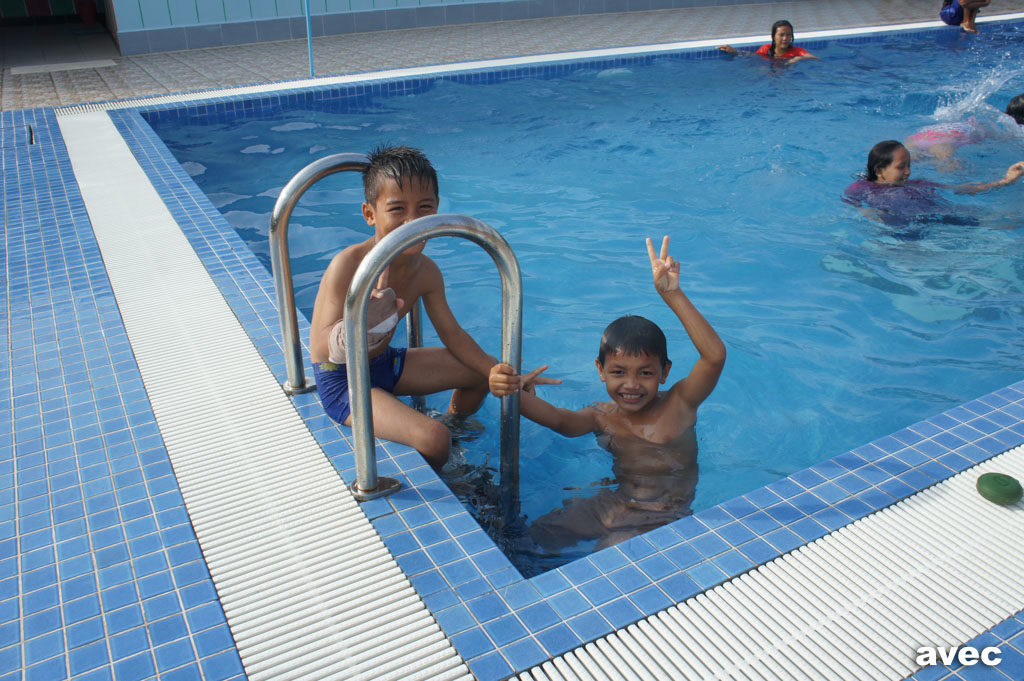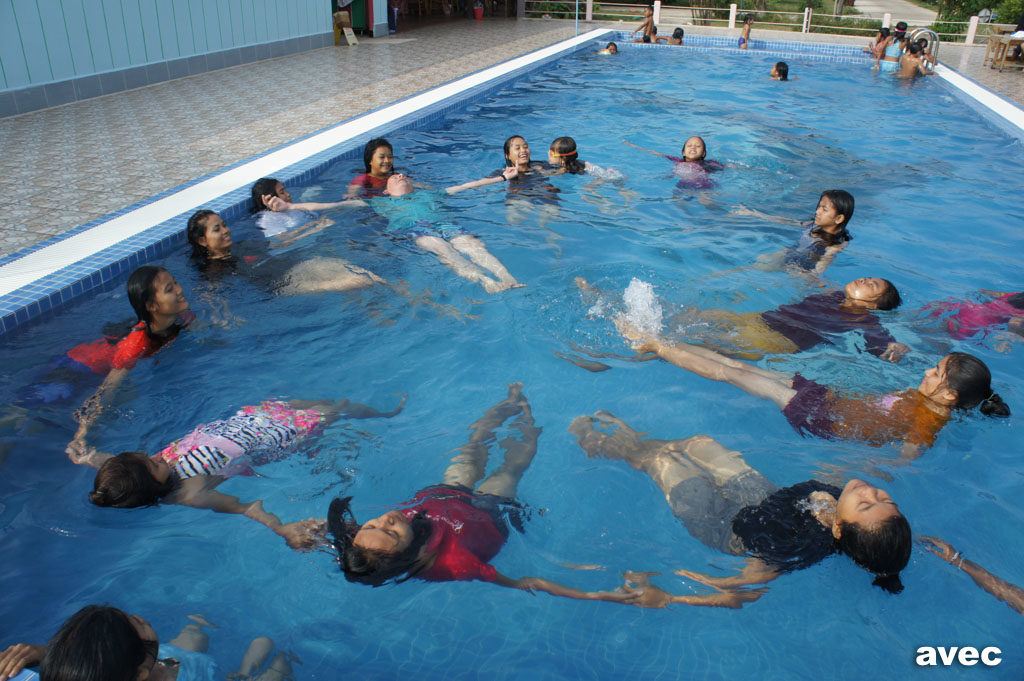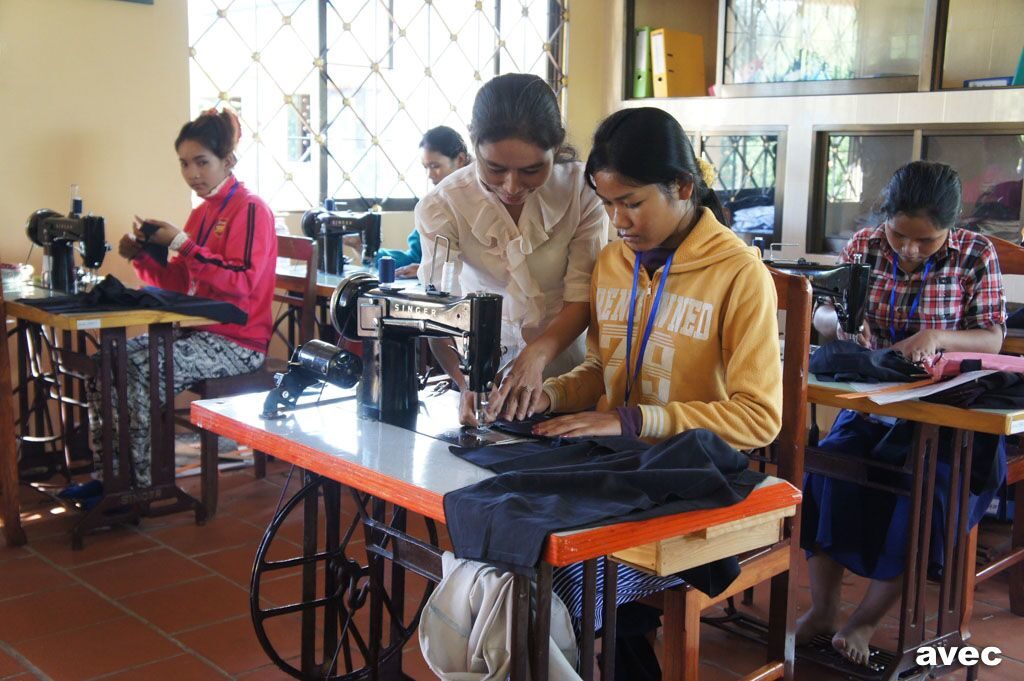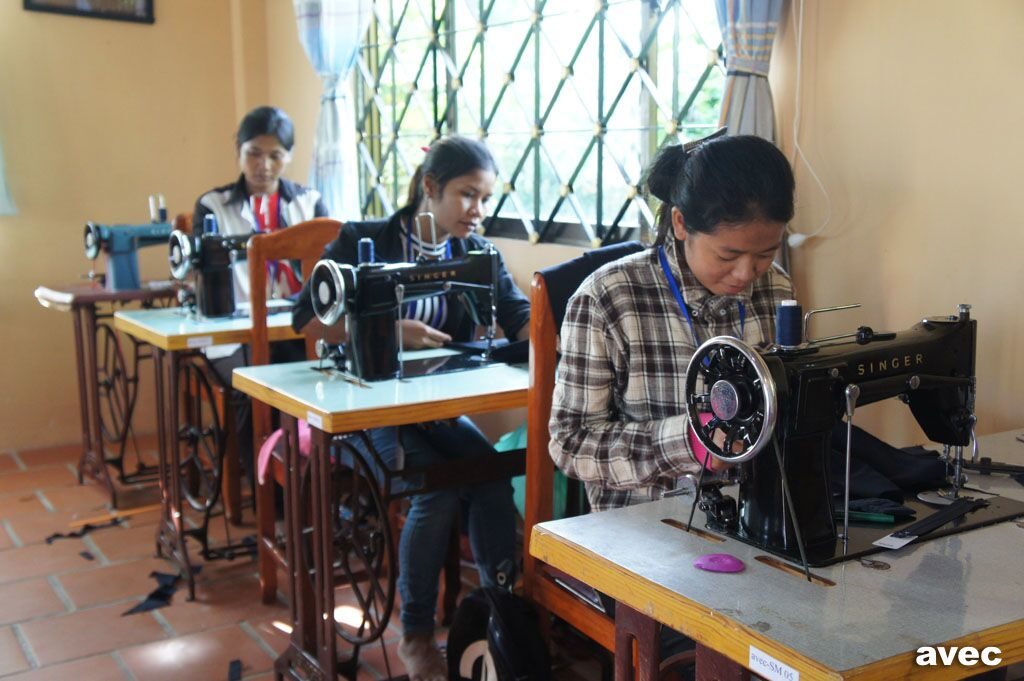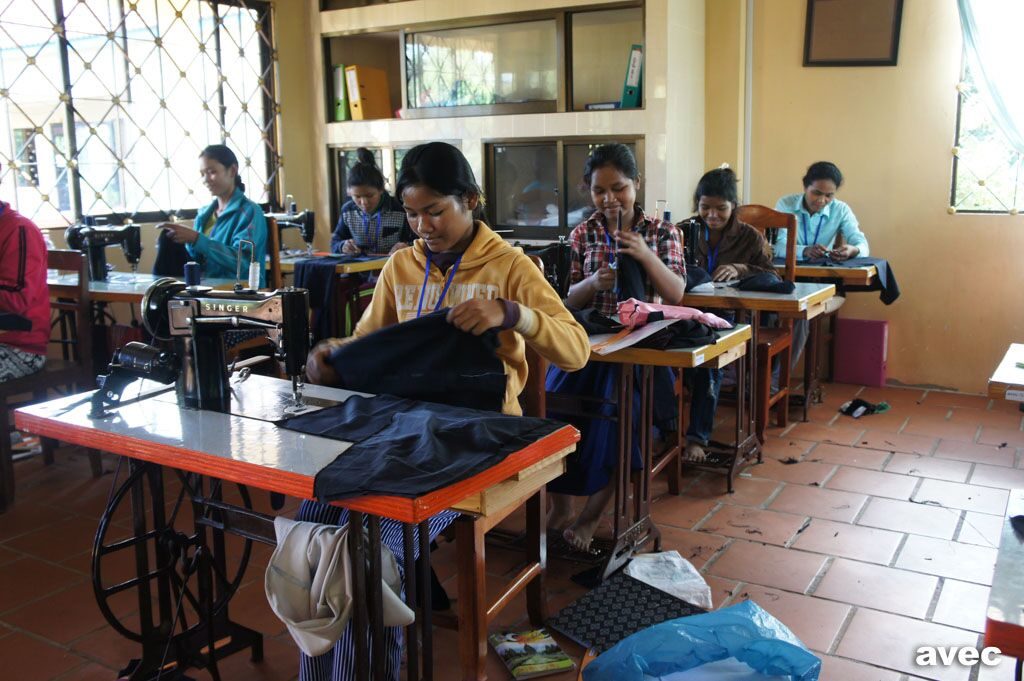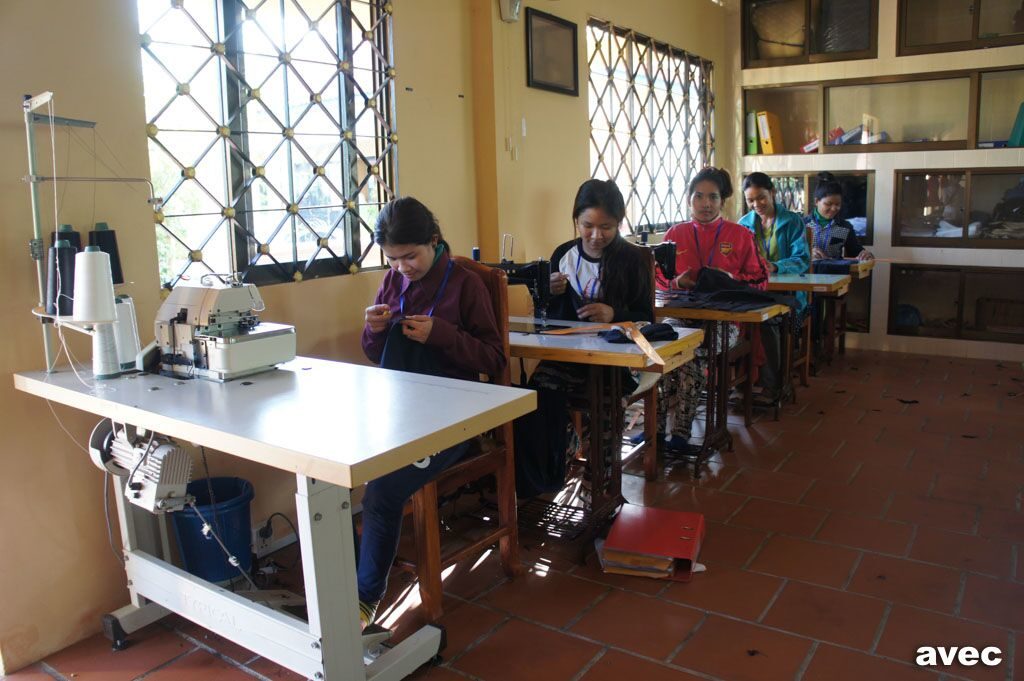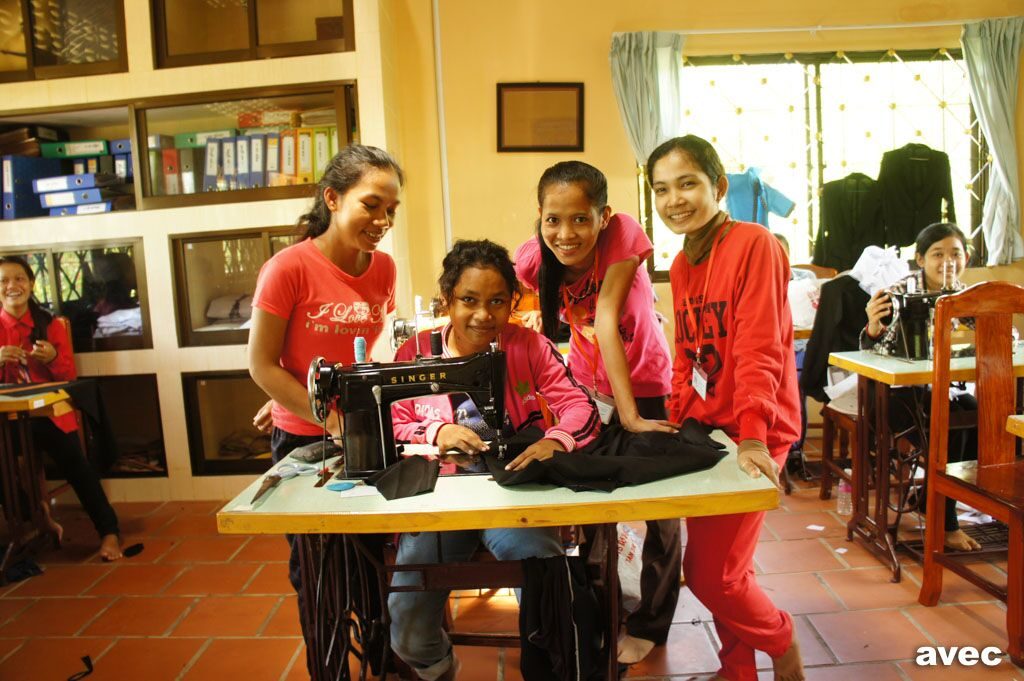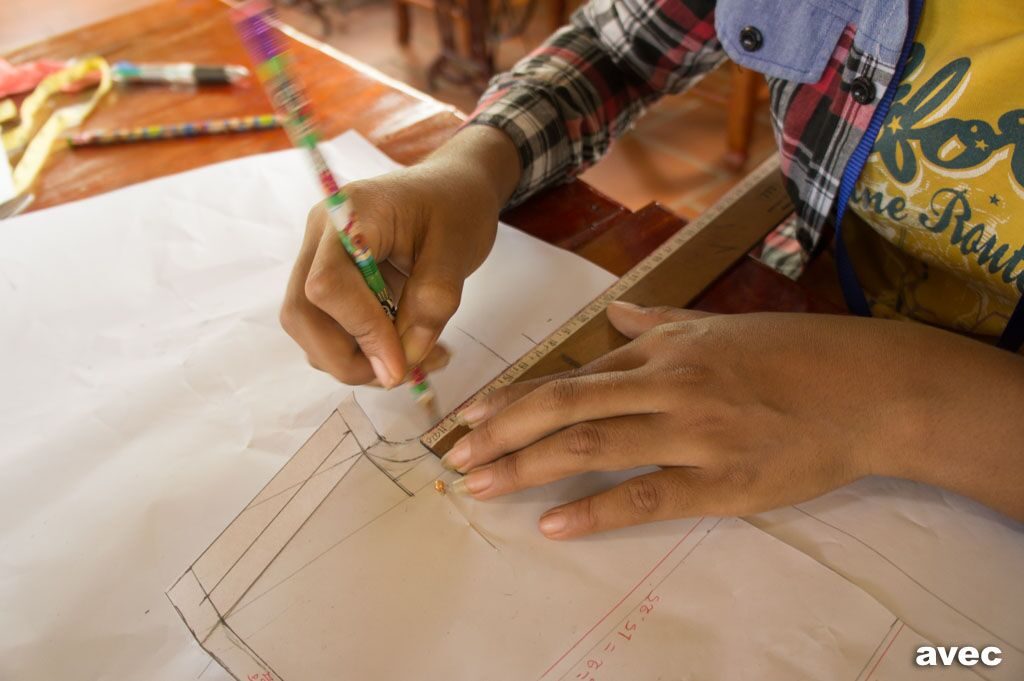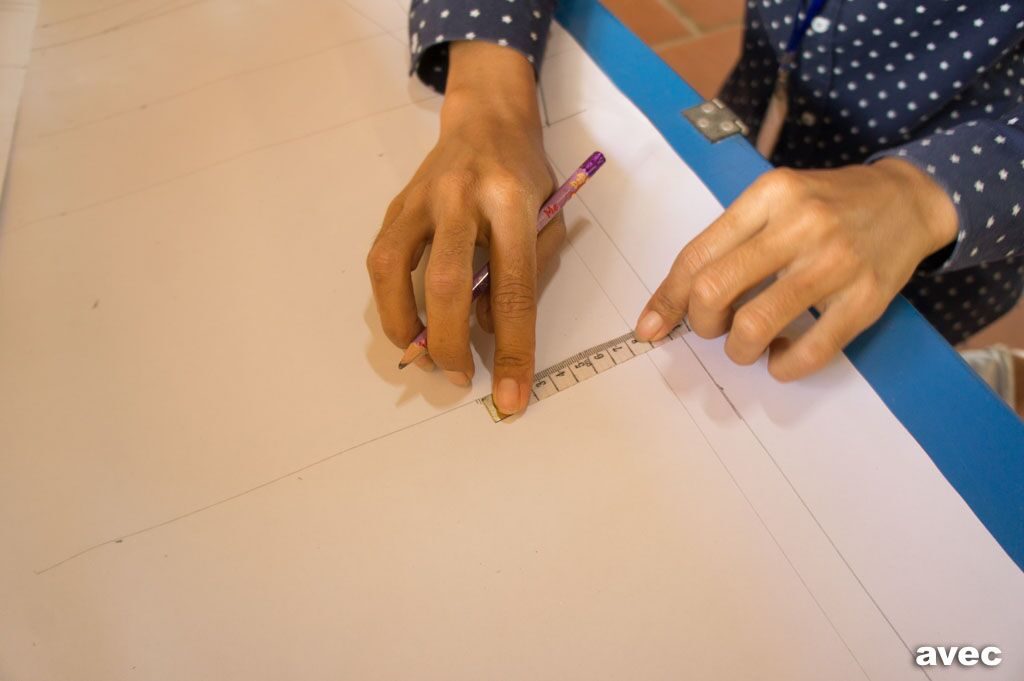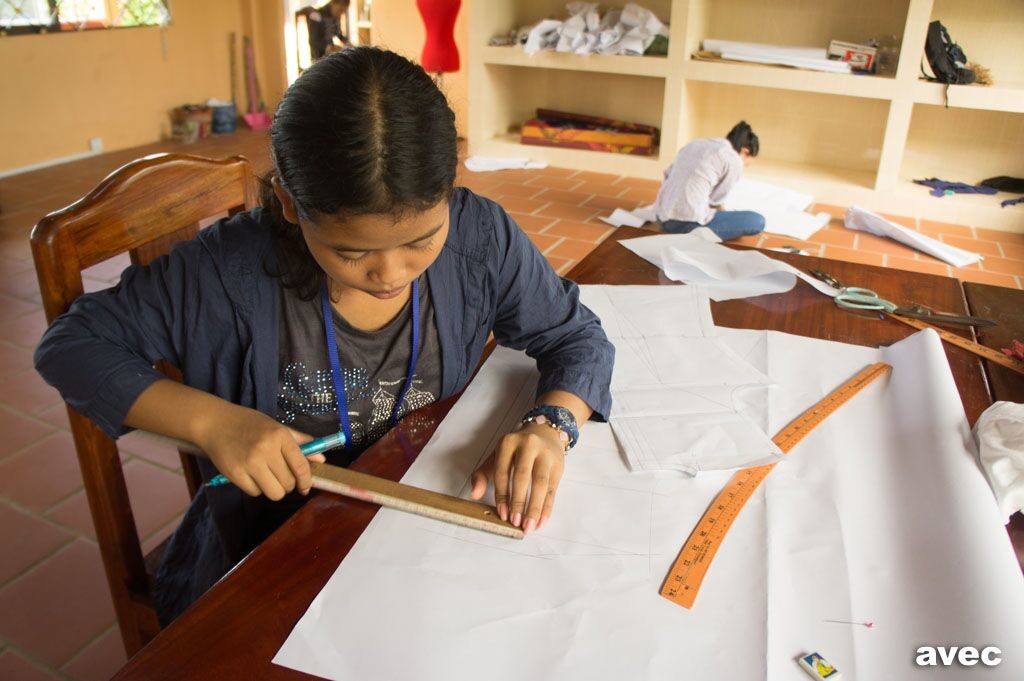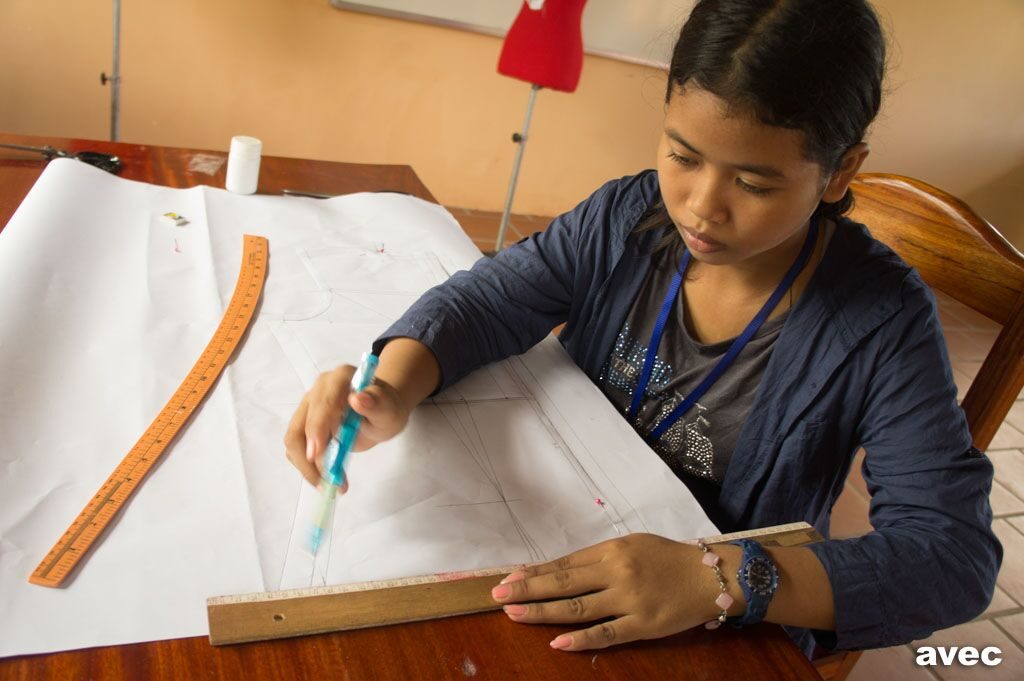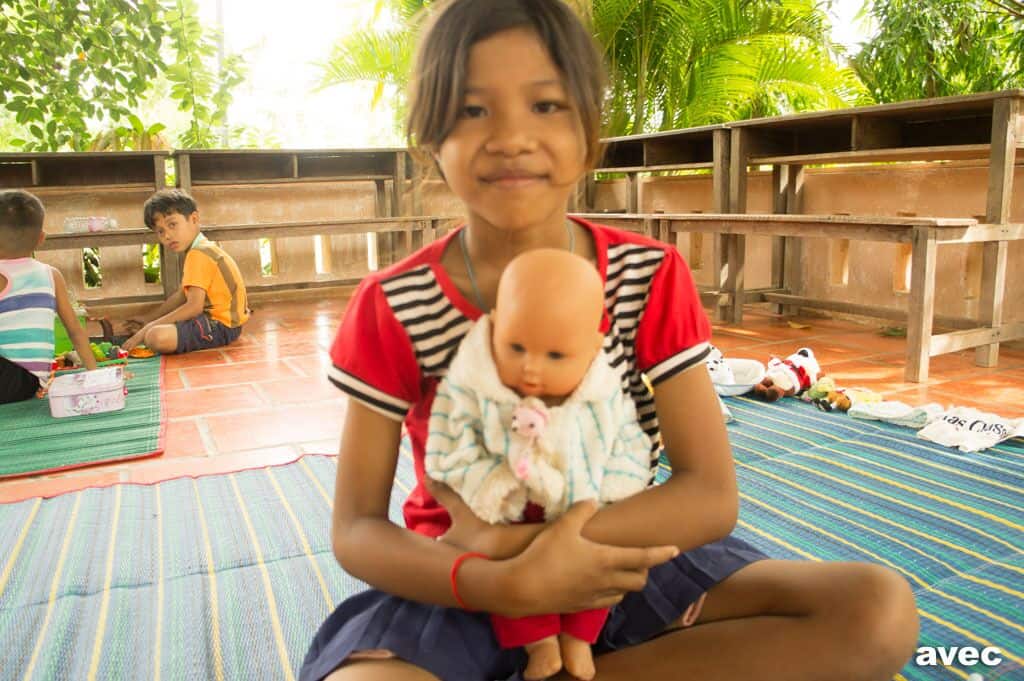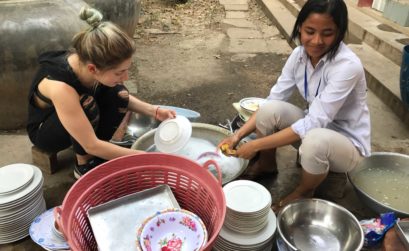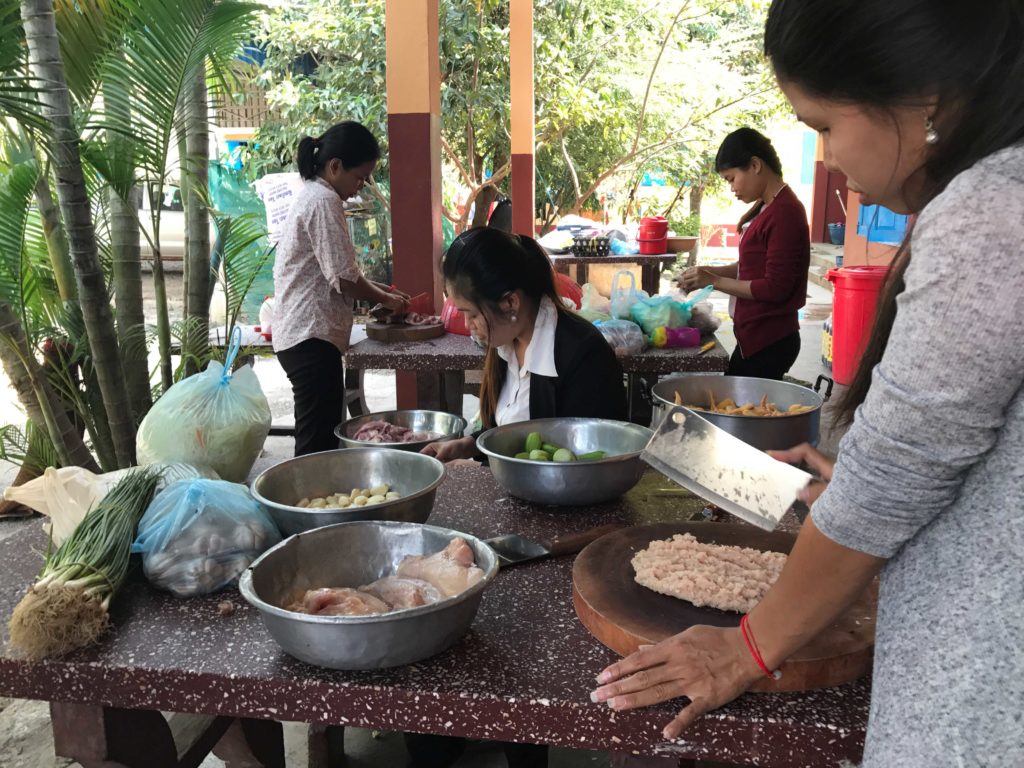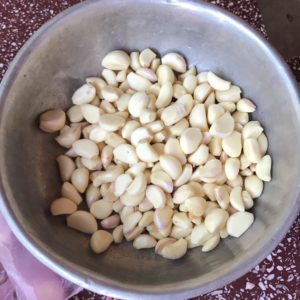Interview with Theavy Bun
Theay Bun is 35 years old and was born in Battambang, Cambodia, in 1982 and managest he Safe House in Battambang financed by the NGO AVEC. Since 2004 Theavy has been doing humanitarian work. She is a very special woman and with her potrait today, the International Women’s Day 2018, we would like to start a series of interviews with strong women. Aside from MeToo and other appeals for solidarity, it is these strong women who do make a difference in this world – for women and men! We feel honored that Theavy agreed spontanously and on very short-notice to answer our questions for the following interview:
How do you remember your school days ?
I started school immediately in the aftermath of the brutal Khmer Rouge regime and during my first three years of school the city was still being bombed by them. Stemming from a very pool family who had suffered during the war, school was extremely important to me and I was a very diligent and motivated student. I had to wear the same school uniform for four years and zipper it lacked made me feel embarrassed every day at school. Immediately after finishing school, I started working to help my parents and to build a future for myself.
Why did you choose a career in charity?
I have always been in contact with extremely poverty stricken families who were fighting for survival in a very difficult environment immediately after the genicode by the Khmer Rouge regime. Already then deep inside of me I felt the desire to help these widowed or abandoned women who struggled daily to feed their numerous children. Already at a young age, I realized that poverty can only be fought by education and access to schools.
What was your dream job as a child?
I wanted to become a doctor in order to take care of my parents.
How many children do you take care of ?
In a certain sense I am the mother of 38 children who live permanently in the Safe House. The youngest child is three years old and the oldest is already 24 years old. This is also the reason why I hardly ever take some time off and my private life is very limited. Luckily enough I share this enormous responsibility with my husband. We are happy being able to offer these abused children a safe haven. We are aware of the fact that we are very demanding «parents» but their future is important to us and most of them are diligent and motivated students.
I am also in charge of the schooling of approximately 70 children coming from a very poor background with mostly illiterate parents. We take care of the schooling for these children to provide them with the best education possible.
Another 20 children living with a family member in various villages are also supported by us to enable them to pursue a higher education.
Last but not least, there are another 10 young women living in the Safe House and doing their tailor apprenticeship for a year.
A typical day in your life?
Every day I arrive at 08 :00 am at the Safe House where I spend the whole day until 08:00 pm – seven days a week. I manage the Safe House and take care of the youngest kids living in the Safe House. I eat all the meals together with the kids as it is important to spend time together and it is also a possibility to have a chat with the older children – these are very beautiful bonding moments!
Your biggest professional achievement?
I am quite humble when it comes to naming achievements – dealing with and educating so many children with traumatic experiences always has its setbacks. We constantly have to work with them to help them to overcome injuries they suffered in the past. What comes to my mind first is that I succeeded in saving a baby and her older sister from the hell where they used to live in and to work with them on a daily basis sothat they can come to terms with their trauma. Most important is that they have rediscovered their smiles.
Your biggest challenge?
Changing the mentality of children who are not motivated and who do not want to make an effort to create a better future for themselves. And of course, to help those abused girls to recover and to find their smiles again.
Your biggest defeat ?
Not being able to help a child escape from his difficult situation and failing to free a couple of young girls from their difficult environment.
What do you like most in your work?
To teach children good values and to see them grow and become life – affirming again. I am happy to watch them leave for school and that most of them are planning to pursue further education. I know the history of every single child, all those incredible tales of woe they had to gro through every day before coming to us. Their success in their new lives is also our success – the success of the NGO AVEC and its donors, which it is very proud of – and so am I!
Your biggest wish to Santa Claus?
That Cambodian men going to Thailand to work do not leave their wives and children any more. And that people in Cambodia will stop disposing their garbage on the side of the roads – then Cambodia would be even more beautiful.
Your hobbies?
Gardening, embroidery and studying French.
I love working in the garden as this calms me and allows me to sort my thoughts and to forget about my problems. This is my kind of meditation.


